Pets are inquisitive, and this trait can land them in trouble if they follow their nose to a potential toxin. Read the following cautionary tales, to learn about common toxins that can harm your pet.
Fergie’s fascination with food
Fergie was your typical chowhound—if it fell on the floor, she ate it. She was also a notorious counter-surfer and scrap scrounger. No food was safe from her slavering jaws or superpowered nose. One day, her owner was in a rush to pick her child up from school and forgot to put her rising bread dough in a spot Fergie couldn’t reach. As soon as she walked out the door, Fergie saw her opportunity and gobbled up the yeast dough. By the time Fergie’s owner returned, the pup was seriously ill. Fergie was weak, lethargic, and struggling to vomit without producing anything. Noting Fergie’s distended stomach, her owner rushed her to the nearest emergency veterinary hospital, where the veterinarian determined that Fergie had a gastric dilatation volvulus (GDV) and alcohol poisoning from the bread dough. The GDV was the result of the dough releasing gasses during fermentation in Fergie’s stomach, causing her stomach to swell and flip over on itself. The fermenting dough also released alcohol, and Fergie became hypothermic. Fortunately, the emergency team acted quickly and performed life-saving surgery and nursing care, and Fergie recovered uneventfully.
South Shores Pet Clinic (SSPC): We instructed Fergie’s owner to keep all food toxins well out of reach of her extra-hungry pup’s paws. Other foods that are toxic to pets include:
- Chocolate
- Xylitol
- Macadamia nuts
- Grapes and raisins
- Onions and garlic
- Caffeinated drinks
- Raw or undercooked meat
Sasha’s love of lilies
Sasha, a sassy Siamese, loved investigating plants, hoping that she would find some catnip. She especially enjoyed nibbling the patch of cat grass her owner was growing in a sunny windowsill. Unfortunately, Sasha’s owner did not realize cats were extremely sensitive to lilies, and brought home a gorgeous arrangement of Easter lilies, tulips, and daisies. Flowers in the true lily and daylily families are incredibly dangerous to cats, and can cause fatal kidney failure.
When Sasha’s owner walked in carrying her bouquet, her roommate exclaimed in delight at the beautiful arrangement, and leaned in to sniff the flowers. She immediately smelled the bold lilies and took them outside, chastising Sasha’s owner for bringing lilies into their home. She explained the dangers of lilies to cats—that every part of the lily is toxic to cats, including the vase water. Thanks to the roommate’s quick thinking, disaster was averted.
SSPC: After that scare, we told Sasha’s owner to always check the ASPCA’s list of toxic and nontoxic plants before bringing floral arrangements home. Some of the most common plants to avoid include:
- Autumn crocus
- Azalea
- Cyclamen
- Daffodils
- Dieffenbachia
- Hyacinth
- Lily of the valley
- Lilies
- Oleander
- Sago palm
- Tulips
Oswald’s obsession with pill bottles
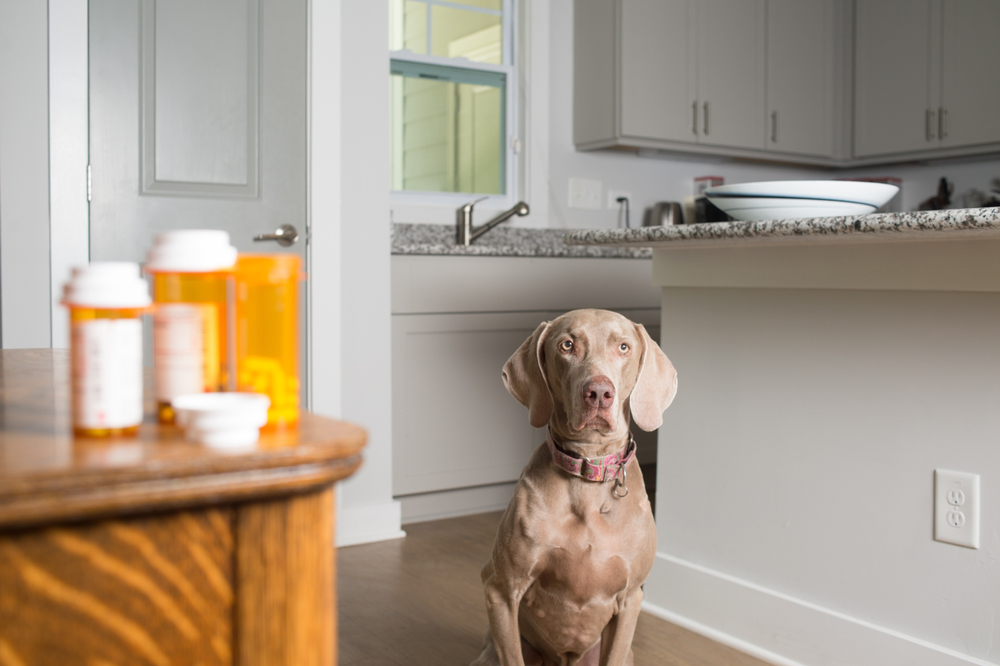
Oswald the elderly Labrador took a multitude of medications and supplements each day to help combat arthritis pain, hypothyroidism, and cognitive dysfunction. Although most pets are difficult to medicate, Oswald was a champ at wolfing down his medications, largely because they were hidden in hot dogs. Every time he heard the pill bottle rattle, he came running for his “treat.”
Oswald grew more excited about taking his daily treats—er, medications—but also became unruly at medication time. As soon as he saw a pill bottle, he began leaping up on his owner, knowing tasty hot dog morsels were soon coming his way. One day, while Oswald’s owner was taking his own daily joint supplement, the dog leaped up, knocked the tablet out of his hand, quickly snatched the tablet off the ground, and swallowed it. Fortunately, the supplement contained ingredients safe for dogs and wouldn’t harm a dog as large as Oswald.
That same week, Oswald’s owner had an overnight guest who was unaware of Oswald’s obsession with pill bottles, and left open his suitcase, which contained his medications. Oswald, of course, went to investigate the new smells in the guest bedroom, and discovered the guest’s pill bottle full of antidepressant tablets in the suitcase. He excitedly chomped and cracked the bottle open, and then bit down harder, and managed to jostle a few pills loose that he licked up from the floor. At this point, the friend came back to the guest bedroom for his wallet, only to find Oswald rooting through his belongings, with a pill bottle in his mouth. Oswald’s owner immediately called our clinic, and the ASPCA’s Animal Poison Control Center for advice.
SSPC: Fortunately, Oswald recovered without incident following the treatment, because his owner knew to call the ASPCA’s center, and followed the veterinary toxicologists’ treatment recommendations. They also cautioned Oswald’s owner about the dangers of not only human prescription and over-the-counter (OTC) medications, but also how ingesting too much veterinarian-prescribed medication can be dangerous for pets. They told Oswald’s owner that they get calls about many toxins, with the following the 10 most common:
- OTC medications
- Human prescription medications
- Food
- Chocolate
- Plants
- Household products
- Rodenticides
- Veterinary products
- Insecticides
- Garden products
Your pet may not be as lucky as the three pets in these toxic tales, so be aware, and keep dangerous household items out of your pet’s reach. However, if they do ingest a substance that you suspect may be toxic, contact our South Shores Pet Clinic team immediately for help.


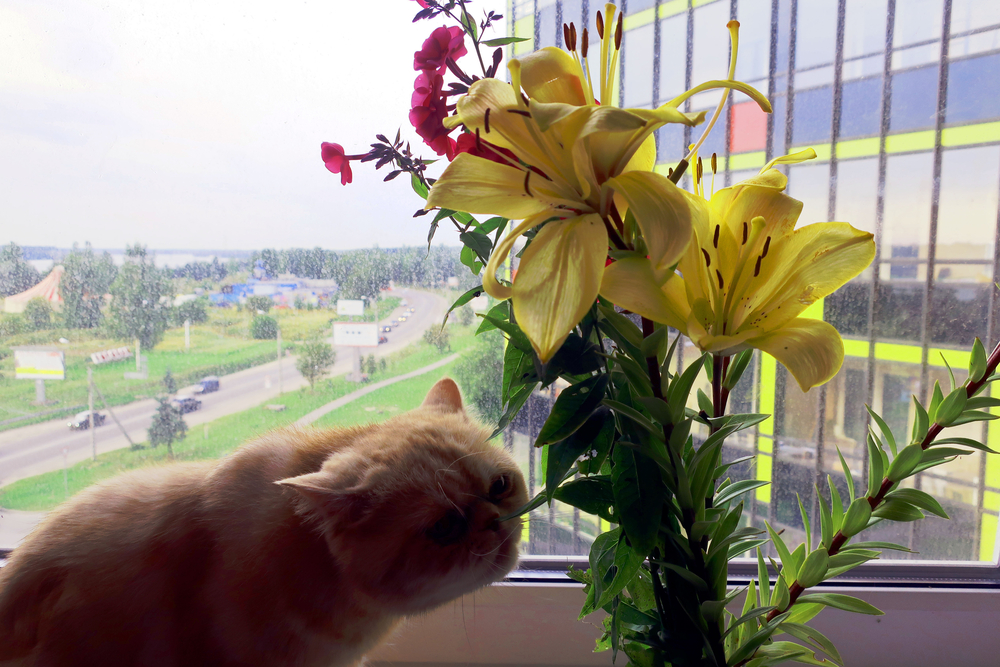
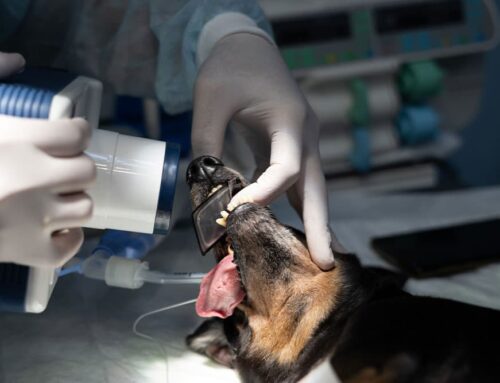
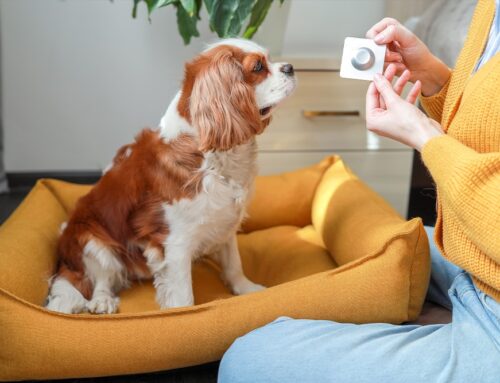
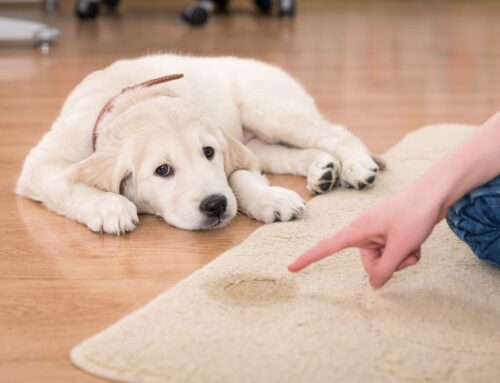
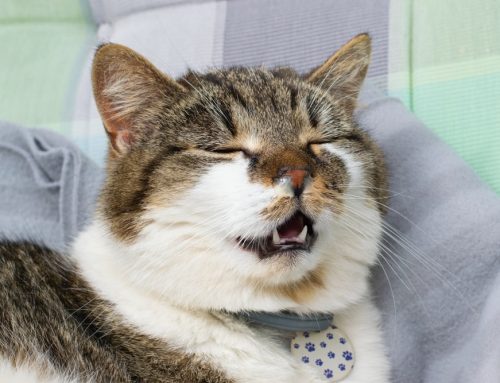
Leave A Comment